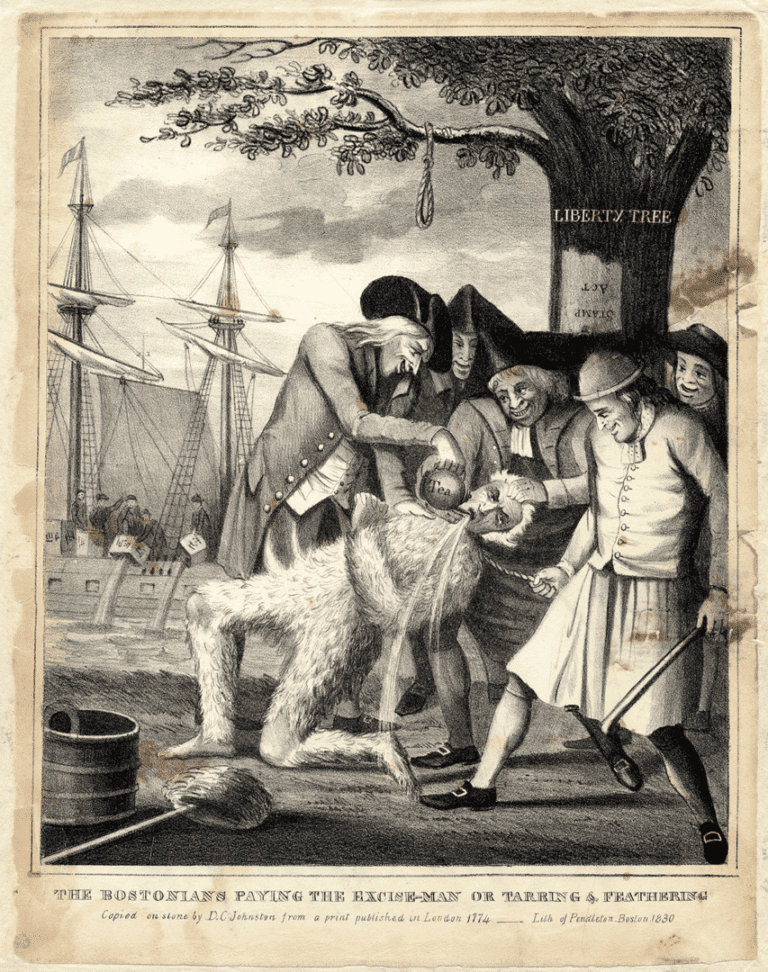Encyclopedia Dubuque
"Encyclopedia Dubuque is the online authority for all things Dubuque, written by the people who know the city best.”
Marshall Cohen—researcher and producer, CNN
Affiliated with the Local History Network of the State Historical Society of Iowa, and the Iowa Museum Association.
LIBERTY TREE
LIBERTY TREE. The celebration of the 250th anniversary of the American Revolution sparked a renewed interest in the famous Liberty Tree of Boston, Massachusetts. State societies of the Sons of the American Revolution were asked to identify a tree or plant one in memory of the original. In October, 2024 members of the S.A.R. bought and planted a burr oak on the grounds of Linwood Cemetery in Dubuque, Iowa. The tree, the first “Liberty Tree” planted in Iowa is also the state tree.
The original Liberty Tree was a large elm tree located near the Boston Common at the modern day intersection of Washington Street and Essex Street. It was planted in 1646 and was nearly 120 years old by the time of the American Revolution. The area under its branches became a popular meeting place of Boston citizens in the 1760s. The Sons of Liberty, a secret society of men who advocated for the rights of the colonists, met at the tree and staged protests to British taxation and rule.
In 1765, large protests were made at the tree to argue against the Stamp Act. The first of these protests resulted in an effigy of a stamp collector, Andrew Oliver, hung from the tree. A boot was painted green with the depiction of a devil holding a paper reading
What greater joy did ever New England see
than a stampman hanging on a tree?
A crowd of protestors took the effigy of Oliver to his house. They proceeded to behead and burn the effigy before breaking all the windows in his home that were along the street. Oliver resigned as the stamp collector in response.
The next year the Stamp Act was repealed. Bostonians gathered at the Liberty Tree, lanterns were hung in the branches, and the Sons of Liberty fastened a copper sign to the tree that read:
This tree was planted in the year 1646, and pruned
by order of the Sons of Liberty, Feb. 14th, 1766.
The Liberty Tree continued to be a place for protests and public displays throughout the 1760s and 1770s. In 1770, the funeral parade for the Boston Massacre victims traveled pass the tree. In 1774, a customs official and staunch loyalist named John Malcolm was stripped to the waist, tarred and feathered, and forced to announce his resignation under the tree. One Loyalist protested that the tree
was consecrated as an idol for the mob to worship;
it was properly the tree ordeal, where those, whom
the rioters pitched upon as state delinquents, were
carried to for trial, or brought to as the test of
political orthodoxy.
Other towns and cities across colonial America began designating liberty trees for places to protest British taxation. In 1775, during the Siege of Boston, Boston Loyalists and British soldiers cut the elm tree down and burned it. For a time, the remaining wood was called the “Liberty Stump.” After Patriots regained control of Boston in 1776, a liberty pole was erected. While the Liberty Tree no longer existed, it continued to be a strong symbol in America. In 1825, during his tour of America, the Marquis de Lafayette proclaimed to the citizens of Boston that
the world should never forget the spot where once
stood Liberty Tree, so famous in your annals.
Today the place where the tree once stood has a small plaza with a plaque saying: “Sons of Liberty, 1766; Independence of their Country, 1776.”
The Liberty Tree has been used as a symbol for the ideal American nation-- a place where citizens outside the establishment could gather, create a sense of unity, share political ideals, and finally work to have their voices heard. The history of the Liberty Tree must also play an important role in understanding the fine line that exists between justified calls for liberty and violent mob rule.
Matt Schwalm headed the effort throughout and designed the sign. SAR members were proud to be able to create additional support for the city’s theme—Dubuque, Masterpiece on the Mississippi.
---
Source:
"Liberty Tree," Wikipedia, https://en.wikipedia.org/wiki/Liberty_Tree




